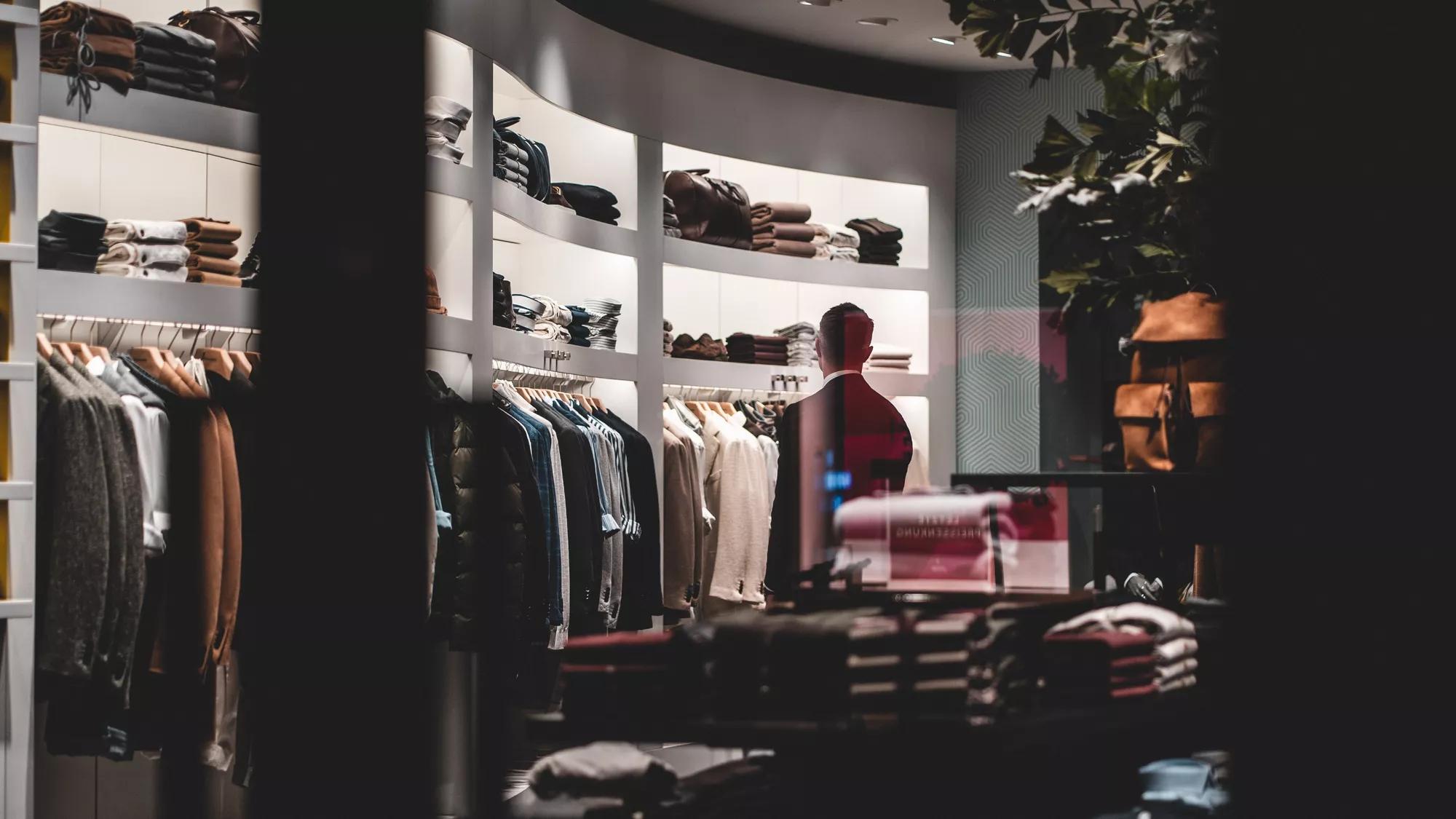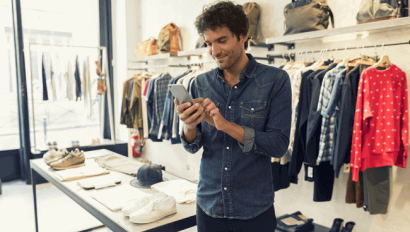The Future of Brick and Mortar Retail: How Retail Security Technology Enhances Customer Experience

In today's ever-changing retail landscape, e-commerce and online shopping have emerged as formidable challenges to traditional brick and mortar stores. Nevertheless, physical stores still have a vital role to play, and retailers are seeking new ways to enhance the in-store experience to attract and retain customers. The future of brick and mortar retail stores will see a marriage of cutting-edge technology and human interaction, creating a shopping experience that is both seamless and engaging.
Security technology will play a crucial role in this transformation, as retailers look to leverage advancements in areas such as artificial intelligence, virtual reality, and augmented reality to create immersive and interactive in-store experiences that cater to the needs and preferences of their customers. The result will be a hybrid shopping environment that combines the best of both worlds and provides a compelling reason for customers to visit your physical store.
The Role of Retail Security Technology in Transforming Brick and Mortar Stores
Technology will play a critical role in the brick and mortar retail store of the future. Here are 5 examples of how retail security technology can be used:
- AI-Driven Personalization in Brick and Mortar Retail:
Retailers can use data analytics and AI-powered algorithms to personalize the shopping experience for each customer. This could include targeted promotions, product recommendations, and personalized product displays. - Immersive Shopping with Virtual Reality:
Virtual reality can be used to create immersive shopping experiences that allow customers to interact with products in a virtual environment. This technology can be used to showcase products that are too large or too expensive to display in-store, such as furniture or luxury vehicles. - Retail Augmented Reality: Bridging Digital and Physical Stores:
Augmented reality can be used to enhance the in-store experience by overlaying digital information on the physical environment. For example, shoppers could use their smartphones to scan products and access additional information, reviews, or related products. - Streamlining Transactions with Mobile Checkout Technology:
Mobile checkout technology allows customers to pay for their purchases using their smartphones, eliminating the need for traditional cash registers and reducing wait times. - Improving Inventory Management with Retail Security Technology:
Retail security technology such as RFID tags and other sensors can be used to track inventory in real-time, ensuring that products are always available and reducing the risk of theft.
Balancing Human Interaction and Technology in Retail Security
While technology will play a significant role in the brick and mortar store of the future, human interaction will still remain important. Here are some examples of how human interaction can be enhanced:
- Customer Service:
Well-trained and knowledgeable staff can provide a personalized shopping experience by answering questions, providing advice, and assisting with purchases. - Expertise:
In some industries, such as fashion and beauty, expert staff can provide specialized services, such as styling advice and personalized product recommendations. - Community:
Brick and mortar stores can provide a sense of community by hosting events, workshops, and other activities that bring customers together and build brand loyalty.
How Technology and Human Interaction Will Drive the Future of Retail
The future of brick and mortar stores will be shaped by a combination of cutting-edge technology and personalized human interaction, delivering an immersive and seamless shopping experience. To achieve this, retailers must invest in advanced technologies such as personalized recommendations, virtual and augmented reality, mobile checkout, and inventory management, among others. While technology plays a vital role in transforming the in-store experience, human interaction will continue to be a key differentiator. Providing top-notch customer service, expert advice, and community-building activities can create a sense of trust and loyalty that technology alone cannot replicate. By skillfully combining the power of retail security technology with human interaction, retailers can create an in-store environment that delights customers, boosts sales, and ultimately drives profitability.























